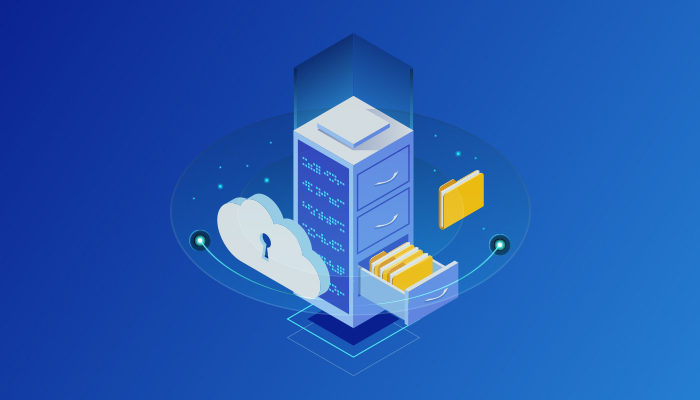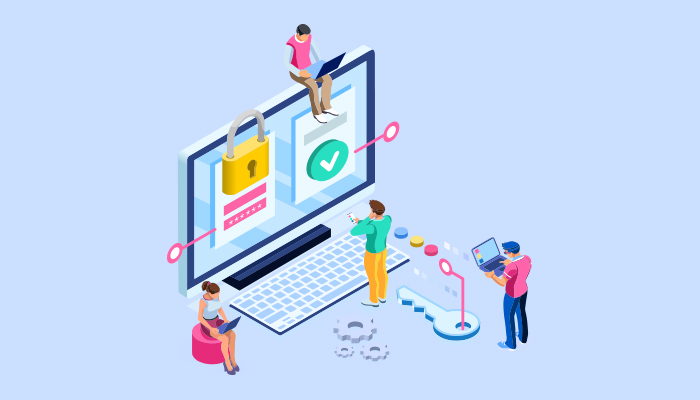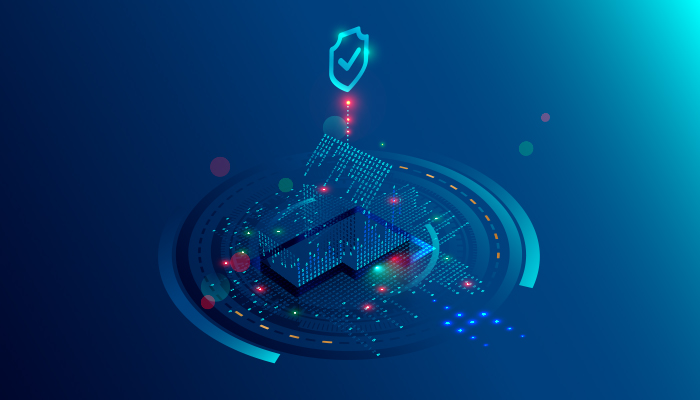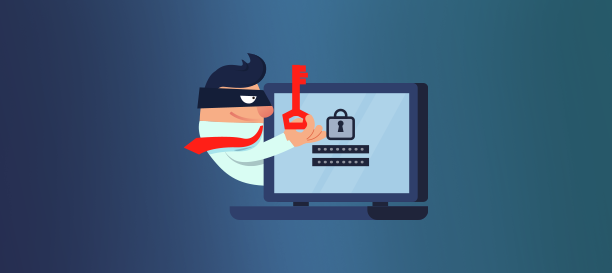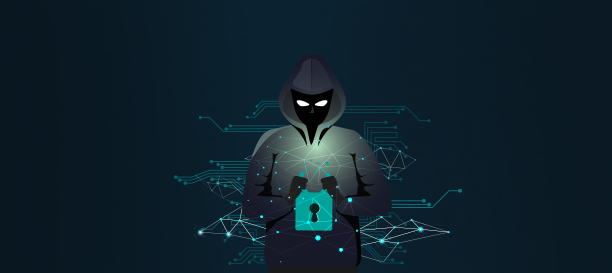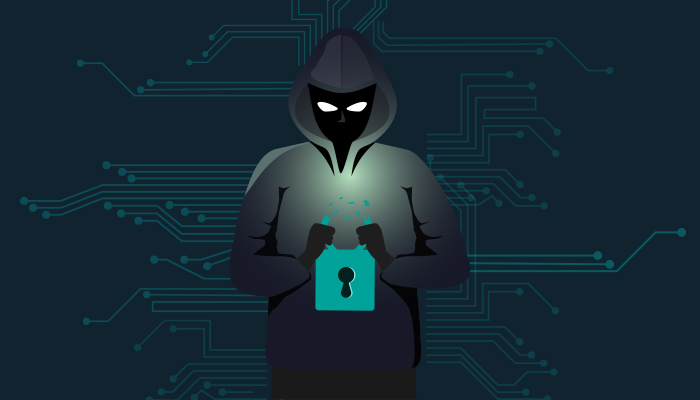
Have you come across the term, dark web, recently? As a business, you might have heard that you need to keep your data safe from the dark web. So, what is the dark web anyway? Read on to find out…
What is the dark web?
The cybercrime landscape is evolving fast. The “Nigerian” email scams are now old. Cybercriminals are smarter and more organized now–almost functioning like professionals. In fact, there’s a sort of a parallel universe where they all operate in a very corporate-like manner. And that parallel universe is called the Dark Web.
The surface web, the deep web and the dark web
Essentially, the internet can be categorized into 3 parts.
- The surface web, which includes your ‘regular’ websites–the kinds that just show up on web searches. For example, you type, Dog Videos and links to a bunch of dog videos on YouTube shows up. YouTube, in this case, is an example of the surface web.
- The deep web, which shows up in web searches, but requires you to log in to view specific content. For example, your internet banking page or your netflix subscription.
- Then comes the dark web.
The dark web is part of the internet that isn’t visible to search engines and requires the use of an anonymizing browser called Tor to be accessed. The dark web offers anonymity and hence is the hub for all sorts of illicit activities in today’s internet age. Strictly speaking, the dark web typically hosts illicit content. The kind of content that you find in the dark web include
- Credit card details, stolen login credentials for something as serious as internet banking accounts to something as trivial as Uber or Netflix,
- Contact details/communication platform for striking deals with hitmen, drug dealers, weapon dealers, hackers, etc.,
- Marketplace to buy malicious codes to help corrupt or jam IT systems and even RaaS (Ransomeware as a service!)
All of the above and more, for a fee of course. In short, the dark web is like the underworld of the internet. So, how does it concern you, and why do you need to steer clear of it? Read our next blog post to find out.


